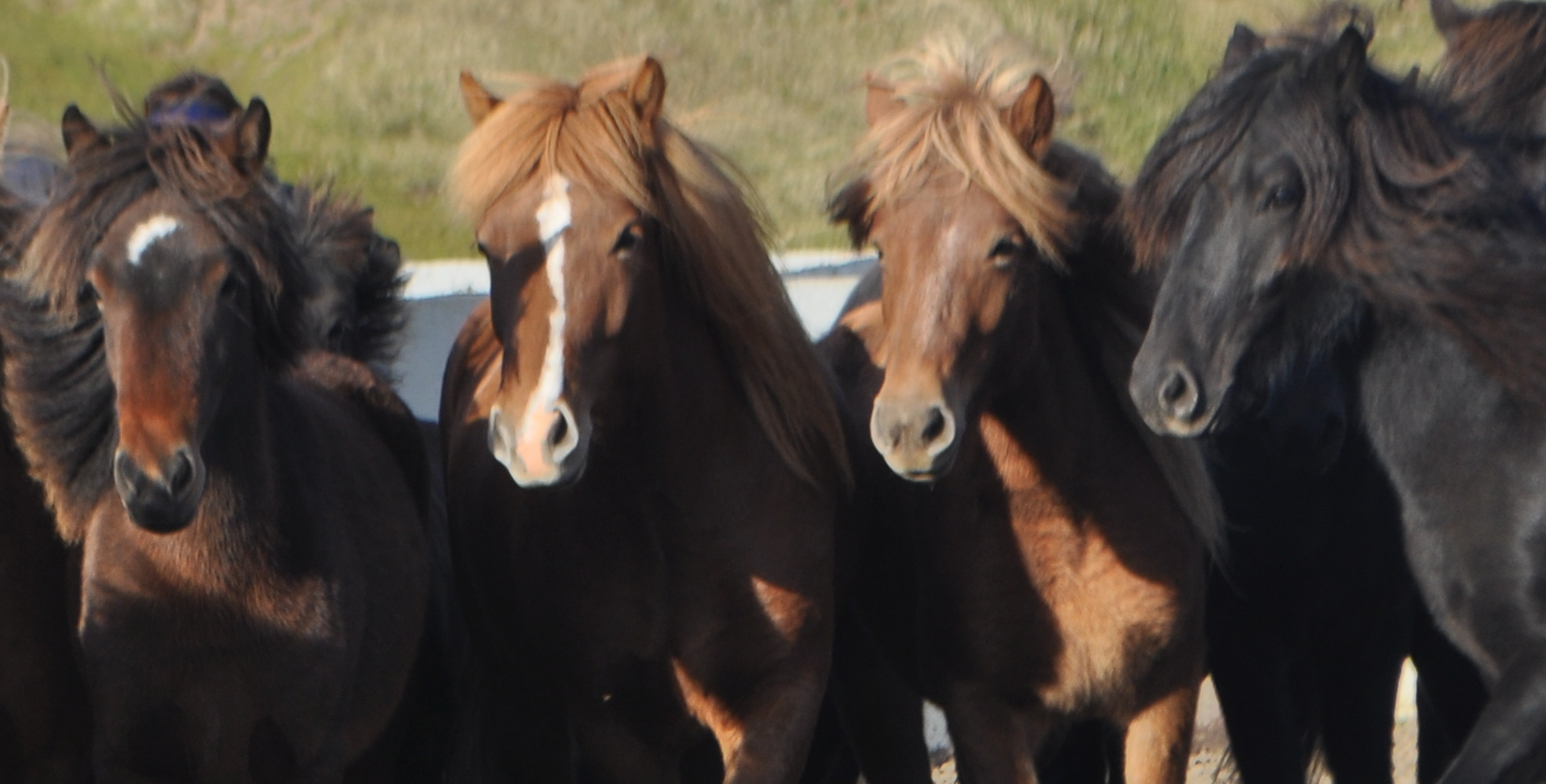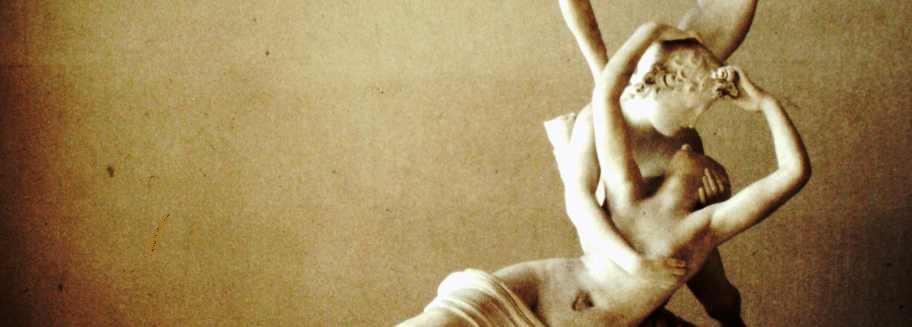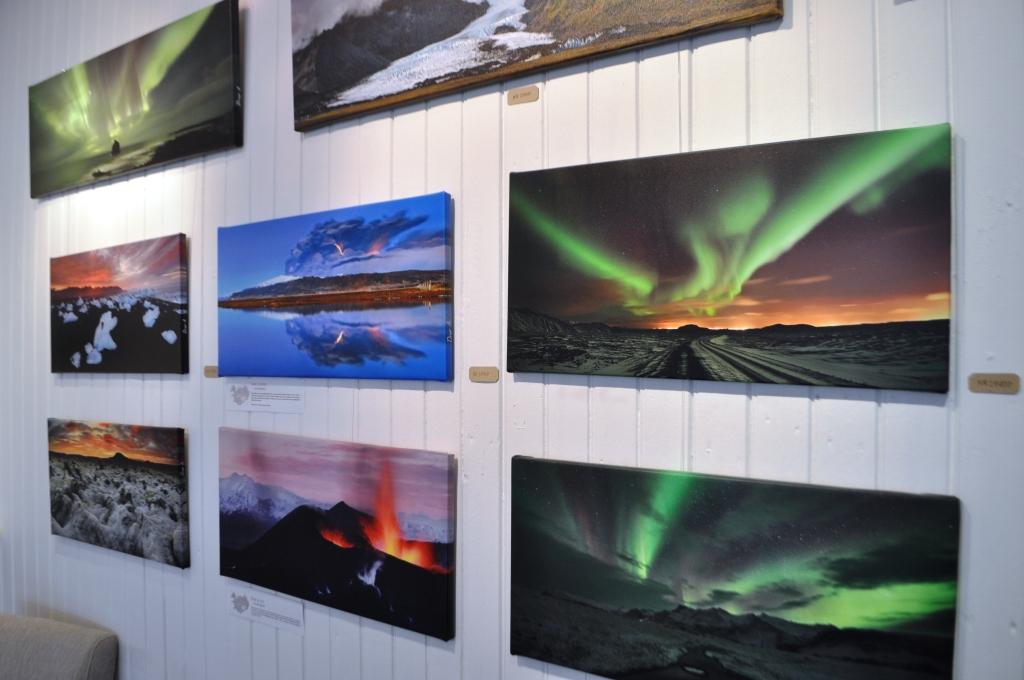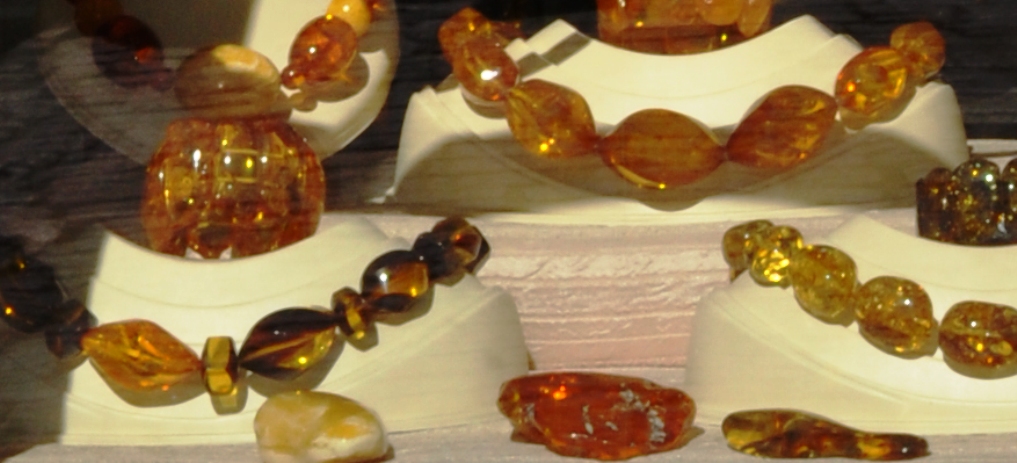I’d been driving aimlessly on a back road near the village of Sauðárkrókur in northwest Iceland when a group of parked cars caught my attention. Usually, cars on the side of the road meant tourists and something to see, like a waterfall. These vehicles tended toward the pick-up truck and trailer variety. Instead of a waterfall, there was a corral.
I’d stumbled on a rettir, one of Iceland’s annual September roundups of sheep and horses. Taking care not to get in anyone’s way, I wandered toward the corral where the sorting of livestock was in full swing.
In Your Bucket Because…
- You love horses, and in Iceland, horses are part of everyday life.
- You want to experience a truly local tradition.
- Good for equestrians.
Iceland’s human population is approximately 320,000, most of whom live in Reykjavik. Its animal population is larger: 80,000 horses and 462,000 sheep, most of which graze freely in the mountains all summer. Their wild appearance notwithstanding, each horse is micro-chipped and each sheep is ear-tagged. The rettir brings them back home to their owners for slaughter, winter feeding, or breeding.
“We all come home for this,” explained a man who introduced himself as Gunnar. Iceland, I’d learned by now, is a “first name” society. It’s a good thing for tourists, who struggle with last names as unpronounceable as Eyjafjallajökull, the volcano that stopped trans-Atlantic air traffic and tongue-tied newscasters back in 2010.
“It’s a family event. There’s my parents, my nephew, my sister.” Gunnar pointed at a blond woman was deftly moving a ewe by grasping its ears and frog-marching it across the coral.
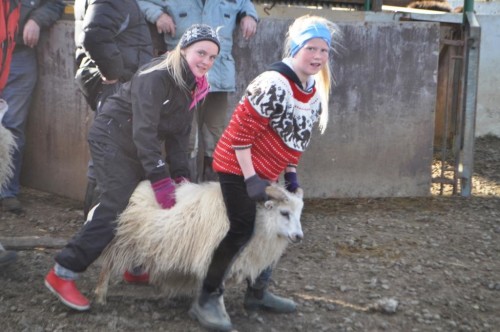
The first Icelandic horses were brought to Iceland by Vikings in the ninth century. Isolated from other breeds and bred for survival in harsh conditions, they are stout, strong, and sure-footed. Icelandic horses stand up to about 14 hands, right at the border of small horses and large ponies. (Hint: Don’t use the word “pony” in Iceland; it’s considered demeaning). But their most telling characteristic is the tölt — an extra gait comparable to the fifth gait of a Tennessee walking horse: It’s smooth enough, said Gunnar, that you can drink a glass of beer without spilling it while riding.
Prized for easy temperaments, strength, and that comfortable fifth gait, Icelandic horses are shown all over the world. Selling the sperm of champion stallions, Gunnar told me, can turn wranglers into millionaires. But there’s a hitch. “Once a horse leaves the country, it can never come back.” A law prohibiting horses from entering Iceland, even horses originally from Iceland, dates to 930 A.D. and is still enforced to keep blood-lines pure and to protect the island’s inbred stock from diseases to which they may have no resistance.
I didn’t have a chance to try the beer trick: This was a working round-up. Inside the corral, perhaps 50 people were busy sorting the animals. A central corral was surrounded by holding pens. The two largest contained sheep and horses that had been brought in during the round-up. The rest of the pens each had a family name on it. Men, women, and children identified their sheep in the main holding area, then marched them into to the family’s pen.
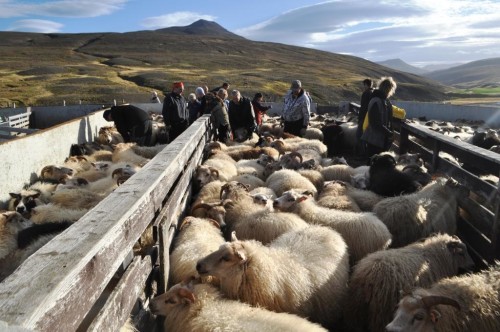
The animals had been brought in the previous day by riders who had spent up to 10 hours in the saddle — a strain for those coming home with city-soft muscles. Wearing neon orange rain jackets and pants so they can be spotted in thick fog, they rode in a line with walkie-talkies. “Some things have changed,” Gunnar reflected, watching his 10-year old nephew take his turn corralling a ewe. “We used to just go out into the mountains like cowboys; now we are more concerned with safety. For example, it is cool now to wear helmets. And many of us have moved to the city. But we always come back.”
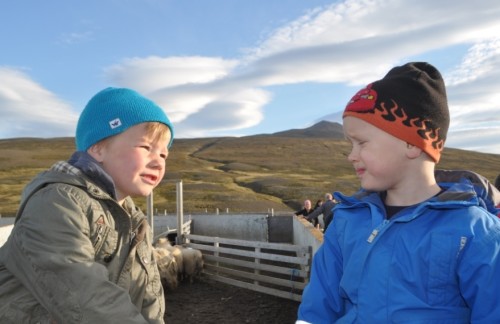
Practicalities
- Rettirs take place throughout September, usually on weekends. Ask at your hotel or at any outfitter that offers rides on Icelandic ponies. Some outfitters offer packages where visitors can participate in the rettir.
- If you are lucky enough to stumble on a rettir, ask permission to enter the corral and stay out of the way: This is a working event.
- Riding Icelandic ponies is offered all over the island. Most outfitters will let you try the tölt, although if you aren’t an experienced rider, you may not succeed in giving the correct commands. Practice makes perfect.
